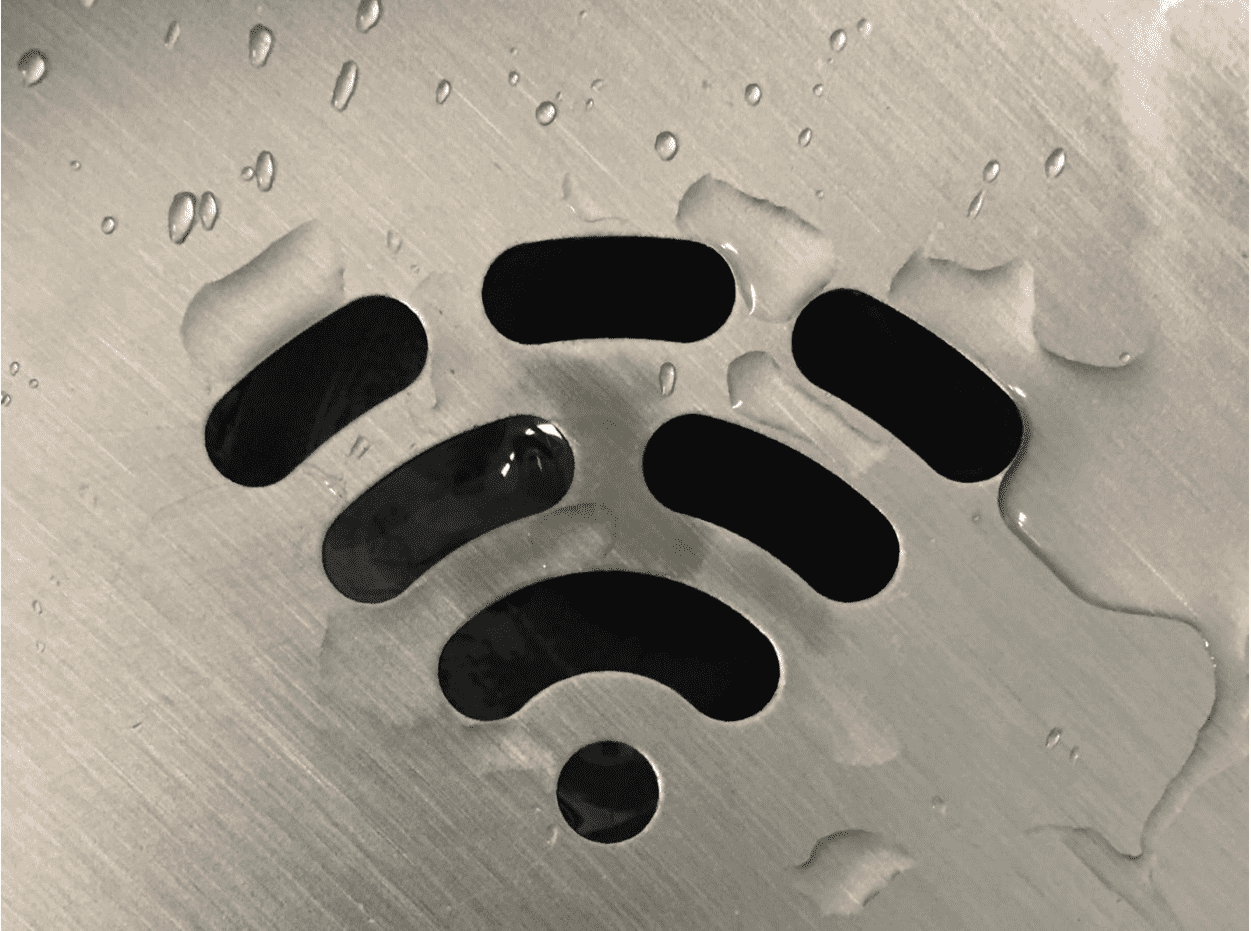
2019 is one of those years where we are witnessing a major technology, or technologies, progressing to a higher level. We are talking about the arrival of the Wi-Fi 6 and 5G. The two wireless technologies promise faster and more stable internet and networking performances. They are capable of handling more devices than ever before and handling the overall load better.

Collectively, they will provide better internet experience around the world. And yet, they are not really the same.
So, how are Wi-Fi 6 and 5G different?
Wi-Fi 6
Wi-Fi acts as a connector between the internet and any device capable of connecting to the internet, like desktop, laptops, tablets, smartphones, etc. It is like an interface between the internet and supporting gadgets. It is designed to connect devices over a designated area, for instance, an office, home, a shopping mall, etc.
Wi-Fi 6 is the sixth iteration of Wi-Fi. In purely technical terms, Wi-Fi is depicted as IEEE 802.11 standard. Wi-Fi 6 is basically 802.11 ax, while 802.11 ac is Wi-Fi 5. The 802.11 ac has been the latest Wi-Fi standard so far, which is being replaced by 802.11 ax.
Wi-Fi 6 brings better speed, much-reduced latency, as well as the capability to connect more devices, to the fore. Compared to 802.11 ac, the 802.11 ax has the following benefits:
- Improved Reliability: Better consistency in the network connection providing a more seamless experience to the user
- Higher Capacity: Can handle a larger number of devices while transferring more data than ever before, making itself ideal for IoT-enabled gadgets
- Improved Bandwidth: Wi-Fi 6 is designed to be up to four times faster than the Wi-Fi 5, which is a remarkable improvement in speed
- Enhanced Battery Life: Designed to improve battery efficiency in mobile devices like smartphones, laptops, and tablets, as well as several IoT devices
5G
5G is the fifth generation of mobile network, and the next step beyond 4G LTE. It is a mobile network, which marks the primary difference between itself and the Wi-Fi 6. In layman terms, 5G (and its previous versions – 4G, 3G and so on) denote the speed of a mobile network. 5G is set to replace the current mobile standard, the 4G LTE.
In terms of revolutionizing network speeds, 5G showcases similar benefits as the Wi-Fi 6. 5G is developed to significantly increase the mobile network speed over a variety of devices while providing consistency in any area or location that has been a challenge for mobile networks to perform properly.
5G is meant to support a larger number of devices along with reduced latency enabling it to power immersive experiences like VR and AR, which will begin a new era for a mobile network.
Additionally, 5G has the following benefits:
- Better for Mission-critical Communications, like wirelessly controlling certain medical procedures, vehicles, and infrastructure, due to improved reliability and lower latency
- Ideal for the Internet of Things-enabled devices, thanks to lower data rates for low-cost solutions, along with better connectivity and speed
- Expected to deliver data speed up to 20Gbps
Beyond their respective features and differences, Wi-Fi 6 and 5G advantages are closer to one another than their previous versions. Like Wi-Fi, 5G networks for in-home use is also a clear possibility.
They are much more ambitious, future-proof and here to stay for a long time. For example, Wi-Fi 6 will not only be compatible with the current frequencies, 2.4 GHz and 5 GHz, it will also support the upcoming bands, 1 GHz and 6 GHz.
According to a 5G Economy study, 5G’s full economic benefit across the globe will be realized by the year 2035, and it is estimated to produce up to $12.3 trillion worth of goods and services.
A major point worth considering is that the implementation and the availability of Wi-Fi 6 and the 5G differ from place to place. For example, developing nations take time to incorporate the latest technologies compared to developed nations. And then, it is also a matter of device-compatibility. A number of devices are already Wi-Fi 6 capable while fewer are ready for 5G.
Apple’s latest devices, the iPhone 11 lineup, in particular, are Wi-Fi 6 or 802.11 ax capable. But they continue to work on the 4G LTE mobile network. Similarly, Samsung’s Galaxy 10 devices and the Galaxy Fold have 5G and non-5G variants depending on various markets they are sold in.
In that sense, Wi-Fi 6 is ahead of 5G and has got a head start with a number of devices.
Given their vast potential, that is yet to be realized, there is a lot of curiosity and excitement for both the wireless technologies. And this is giving rise to a lot of conversations, discussions and interesting questions about technology related to connectivity of devices and digital transformation in the future such as:
- Will 5G affect Wi-Fi?
- Will 5G replace broadband?
- When to use Wi-Fi 6 and 5G?
- Which out of Wi-Fi6 and 5G holds advantages for businesses?
Needless to say, the power of these technologies will be unraveled with time and it remains to be seen how useful they will turn out to be for different kinds of users.
Author Bio: Samuel Alfie is a blogger at ProProfs Discuss, the #1 Q&A website with millions of wisdom seekers collaborating to ask questions and get the best answers. He loves reading and writing about a variety of topics including Technology, e-learning, e-commerce, science, philosophy, pop culture, traveling, digital media, and more. With a knack for writing, enthusiasm for research and an editorial mindset, he loves creating content that resonates with the audience.